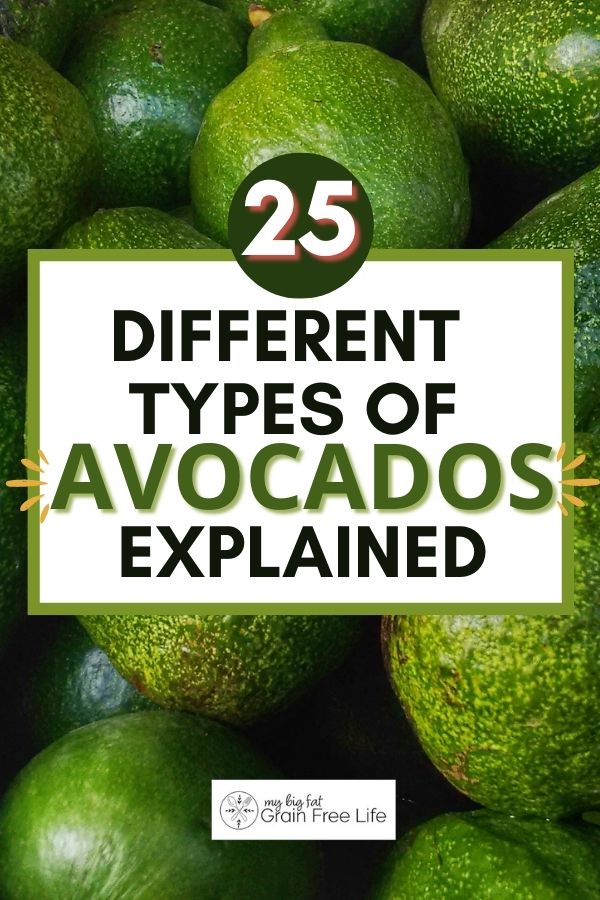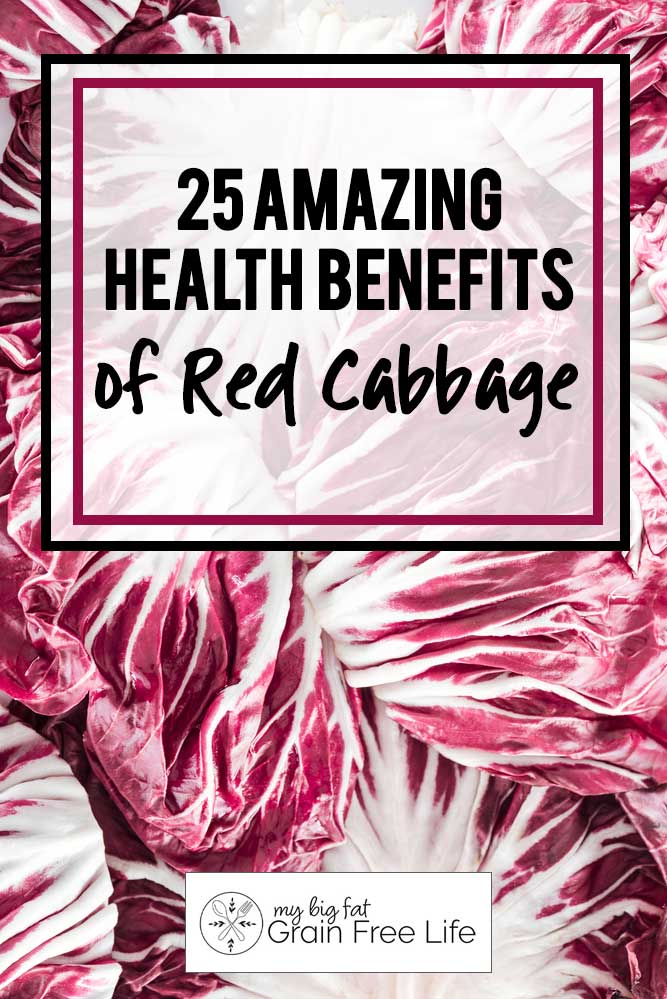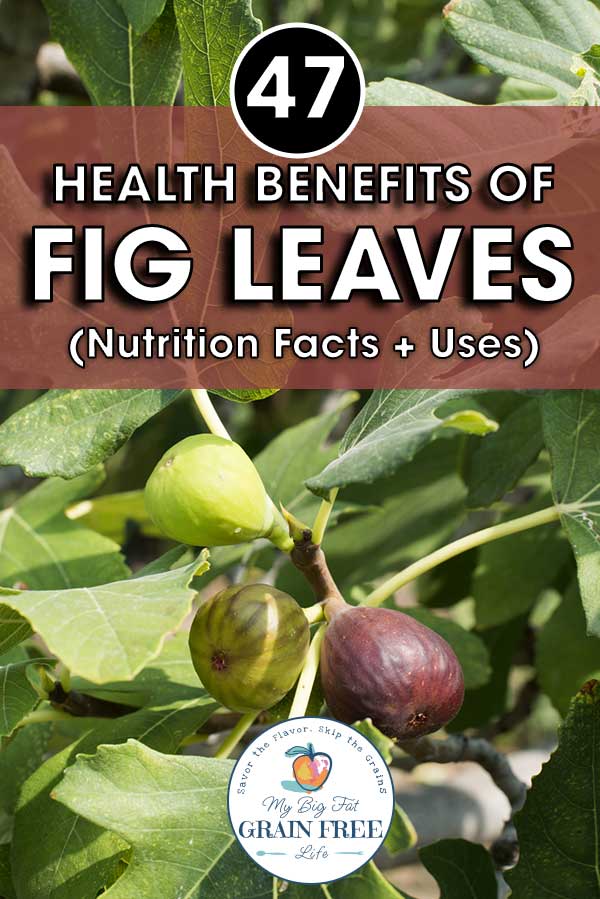The Best Ways to Remove Lectins From Lentils
This post may contain affiliate links. If you make purchase after clicking a link, I may receive a commission at no extra cost to you.
Last Updated on April 16, 2024
Lentils are a popular legume full of nutritional benefits. However, they contain a compound called lectins that can have negative effects on our health. Learn about the different types of lectins, why they are considered bad, and how to remove lectins from lentils.

Lectins
Found abundantly in beans and legumes, grains, pseudo grains, and some vegetables like nightshades, lectins play a crucial role in the defense mechanisms of plants. They act as a natural defense system, protecting plants against potential threats such as insects and pathogens. By binding to carbohydrates on the surface of these invaders, lectins disrupt their cellular functions and prevent further damage.
What are Lectins?
Lectins are carbohydrate-binding proteins that are found in a wide range of plant-based foods. They play a crucial role in the immune systems of plants, but they can interact with the human body in ways that may cause health issues.
Research suggests that lectins can bind to the lining of the digestive tract, interfering with the absorption of nutrients. This can lead to digestive issues and nutrient deficiencies if consumed in large quantities or by individuals with certain sensitivities.
Different Types of Lectins
There are different types of dietary lectins found in various foods. Some examples of different types of lectins include:
Legume Lectins
Legume lectins are a type of lectin that is found in legumes, such as beans, lentils, and peanuts.
Cereal Lectins
Cereal lectins are lectins that are found in grains, such as wheat, barley, and oats.
Fruit and Vegetable Lectins
Fruit and vegetable lectins are lectins that are found in various fruits and vegetables. Some fruit and vegetable lectins may have beneficial effects, while others may be harmful or cause allergic reactions.
Solanaceae Lectins
This group includes lectins found in nightshade vegetables like tomatoes, potatoes, eggplants, and peppers. Some people may be sensitive to these lectins and experience inflammation or joint pain after consuming them.
Animal Lectins
Animal lectins are a diverse group of lectins that are found in animals. They can be found in tissues, fluids, or secretions of animals.
Aquatic Lectins
Aquatic lectins refer to the group of lectin proteins that have been isolated from aquatic organisms such as fish or marine algae. These lectins can have different carbohydrate-binding specificities and biological functions.

What Foods Have Lectins?
Lectins are found in many commonly consumed foods, including beans, lentils, grains, nightshade vegetables (like tomatoes and peppers), and certain fruits. However, the levels of lectins can vary depending on factors such as the plant variety, ripeness, and cooking methods.
- Legumes: Legumes such as beans, lentils, chickpeas, and peanuts are rich in lectins. These plant-based proteins can be found in both raw and cooked legumes.
- Grains: Certain grains like wheat, barley, rye, and oats contain lectins. These lectins are primarily found in the outer layers of the grain.
- Nightshade vegetables: Some vegetables belonging to the nightshade family, including tomatoes, potatoes, peppers (bell peppers and chili peppers), and eggplants, contain lectins.
- Dairy products: Although not a significant source of lectins compared to other food groups, certain dairy products like cow’s milk and cheese may contain trace amounts of lectins.
- Seeds and nuts: Lectins can also be found in various seeds and nuts such as sesame seeds, sunflower seeds, chia seeds, cashews, and almonds.
- Certain fruits: While most fruits have low levels of lectins or none at all, some fruits like bananas and berries may contain small amounts of lectins.
Why are Lectins Bad?
Lectins can be harmful when consumed in large amounts or when they interact with specific individuals’ bodies. They are known to interfere with the lining of the gut, leading to inflammation and digestive issues.
Lectins may also bind to minerals and nutrients, preventing their absorption and potentially causing deficiencies.

Possible Effects of Lectins on Health
- Digestive issues: Lectins have the ability to bind to the lining of the digestive tract, which can interfere with the absorption of nutrients and cause digestive problems such as bloating, gas, diarrhea, and stomach pain.
- Inflammation: Lectins have been shown to stimulate an inflammatory response in the body.
- Leaky gut syndrome: Lectins can contribute to a condition called leaky gut syndrome, where the lining of the intestines becomes more permeable than normal. This allows toxins and undigested food particles to enter the bloodstream, triggering an immune response and potentially leading to various health problems.
- Nutrient deficiencies: Lectins can bind to nutrients like vitamins and minerals, preventing their absorption in the body. Over time, this may lead to nutrient deficiencies which can impact overall health and wellbeing.
- Autoimmune reactions: Some lectins have been found to resemble certain proteins present in human tissues. When these lectins enter our system, they may trigger an immune response that mistakenly attacks our own tissues. This can contribute to autoimmune diseases such as rheumatoid arthritis or lupus.
How To Reduce Lectins In Lentils
If you want to enjoy lentils while minimizing lectin intake, there are several effective methods you can use:
Soaking
Soaking lentils in water for several hours or overnight can help reduce lectin content. This process leaches out some of the lectins, making them less concentrated in the lentils. Rinse the lentils thoroughly after soaking and discard the soaking water.
Boiling
Boiling lentils in water can also help reduce lectin levels. Cook the lentils in a large pot of boiling water for at least 15 minutes to ensure proper heat penetration. Drain and rinse the lentils after boiling to remove any remaining lectins.
Pressure Cooking
Pressure cooking is an efficient method for reducing lectins in lentils. The high temperature and pressure generated when using a pressure cooker breaks down lectins effectively.
Fermenting
Fermenting lentils is another way to decrease lectin content. Fermentation involves the action of beneficial bacteria that break down lectins over time.
Sprouting
Germinating lentils through the sprouting process can help reduce lectin levels. Sprouting involves soaking the lentils in water and allowing them to sprout for a period of time. This process breaks down lectins and enhances the lentils’ nutritional profile.
Salt
Adding salt to the cooking process can help reduce lectin activity in lentils. Salt disrupts the lectin structure, increasing their susceptibility to heat and other factors that reduce their harmful effects.

Benefits of Removing Lectins
Removing lectins from foods can offer several benefits for those who are sensitive or have adverse reactions to these plant proteins. Here are some key advantages of eliminating lectins from your diet:
Reduced Inflammation
Lectins have been associated with increased inflammation in the body. By soaking foods high in lectins, you may experience a decrease in inflammation, which can help manage chronic conditions such as arthritis, autoimmune disorders, and digestive issues.
Improved Digestion
Lectins can interfere with the absorption of nutrients and damage the lining of the intestines, leading to digestive problems like bloating, gas, and diarrhea. Taking steps to reduce lectins can alleviate these symptoms and promote better digestion.
Enhanced Nutrient Absorption
Lectins have the ability to bind to certain nutrients and prevent their proper absorption in the gut. By reducing lectin in foods, you allow for improved absorption of essential vitamins, minerals, and other beneficial compounds present in your food.
Balanced Blood Sugar Levels
Some research suggests that lectins may interfere with insulin function and contribute to insulin resistance. By taking steps to reduce lectin in lectin-containing foods, you may help stabilize blood sugar levels and reduce the risk of developing type 2 diabetes or managing existing diabetes more effectively.
Alleviation Of Food Sensitivities
For individuals who are particularly sensitive or intolerant to lectins, eliminating these proteins from their diet can relieve symptoms such as fatigue, brain fog, joint pain, and skin issues.
Increased Energy Levels
Some people report feeling more energized after eliminating lectin-containing foods from their diet. This could be due to improved nutrient absorption and reduced inflammation that allows for better overall health and vitality.

How to to Soak Lentils
To soak lentils, follow these simple steps:
- Rinse the lentils under running water to remove any debris.
- Place the lentils in a bowl and cover them with enough water to submerge them completely.
- Allow the lentils to soak for at least 4-8 hours, or overnight.
- After soaking, drain the lentils and rinse them thoroughly to remove any lectins.
How to Sprout Lentils
Sprouting lentils can be done by following these steps:
- Rinse the lentils thoroughly under running water.
- Place the lentils in a glass jar or sprouting tray.
- Add enough water to cover the lentils and allow them to soak for 8-12 hours.
- Drain the water and rinse the lentils several times a day.
- Continue rinsing and draining for 2-4 days until the lentils have sprouted.
How to Ferment Lentils
To ferment lentils, follow these steps:
- Rinse the lentils thoroughly under running water.
- Place the lentils in a clean, airtight container.
- Add a small amount of water to cover the lentils.
- Seal the container tightly and allow the lentils to ferment for 2-4 days at room temperature.
- Check the lentils regularly and taste them to determine the desired level of fermentation.
FAQ about Lectins and Lentils
Still have some questions about lectins and lentils?
Are Lentils High in Lectins?
Yes, lentils contain lectins, but their levels can be reduced through cooking, soaking, or fermenting.
Should You Avoid Foods with Lectins?
Avoiding foods with lectins entirely is not necessary or realistic. Many foods that contain lectins, such as lentils, offer valuable nutritional benefits. Instead, it is important to find a balance and use preparation methods that reduce lectin levels while still enjoying their nutrient-rich properties.
Does Cooking Destroy Lectins in Lentils?
Cooking methods like soaking, boiling, pressure cooking, fermenting, sprouting, and adding salt can effectively reduce lectin levels in lentils. These techniques help break down lectins and make them less harmful to consume.
Do I Need to Soak Lentils to Remove Lectins?
Soaking lentils is one method that can help reduce the levels of lectins present in these legumes. While soaking is not mandatory for everyone, it can be beneficial for those who are sensitive to lectins or wish to minimize their intake. Additionally, cooking lentils thoroughly also helps neutralize the potential negative effects of lectins.
Can I Still Eat Lentils on a Lectin-Free Diet?
While a strict lectin-free diet would exclude most plant-based foods containing lectins, completely eliminating lectins from your diet may be unnecessary for most individuals.
Lectins can be part of a healthy diet when consumed in moderation and properly prepared through cooking, soaking, or fermenting. If you have specific health concerns related to lectin consumption, it is advisable to consult with a healthcare professional or registered dietitian who can provide personalized guidance.
Who Should Avoid Lectins?
While lectins are generally safe for most people, some individuals may need to limit or avoid their intake. Some individuals who should consider avoiding lectins include:
- Individuals with autoimmune diseases: People with autoimmune diseases, such as rheumatoid arthritis, lupus, and multiple sclerosis, may want to limit their intake of lectins as they can potentially trigger an immune response and worsen the symptoms.
- Individuals with digestive issues: Those who suffer from gastrointestinal problems like irritable bowel syndrome (IBS), Crohn’s disease, or ulcerative colitis may find that consuming foods high in lectins exacerbates their symptoms.
- Individuals with food allergies or sensitivities: Some people have allergies or sensitivities to specific types of lectins found in foods like legumes, nightshade vegetables (tomatoes, peppers, eggplants), or grains.
- Individuals following specific dietary protocols: Certain diets like the paleo diet and the autoimmune protocol (AIP) recommend limiting or avoiding lectin-rich foods due to potential health concerns.
Final Thoughts
If you have an autoimmune disease or suffer adverse effects due to a lectin sensitivity, the good news is with proper preparation of lentils, you can enjoy eating them without disrupting your gut health. By using the effective method of soaking and slow cooking or pressure cooking lentils and other high-lectin foods, you can reduce the amount of lectins.
Sources
- https://www.ncbi.nlm.nih.gov/pmc/articles/PMC1115436
- https://www.oswalddigestiveclinic.com/do-lectins-cause-leaky-gut-and-inflammation-know-the-truth
- https://www.ombrelab.com/blogs/gut/lectins-are-bad-for-gastrointestinal-issues
- https://newsnetwork.mayoclinic.org/discussion/mayo-clinic-q-and-a-is-a-lectin-free-diet-beneficial
- https://www.healthline.com/health/lectin-free-diet








